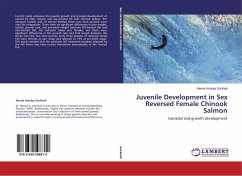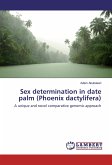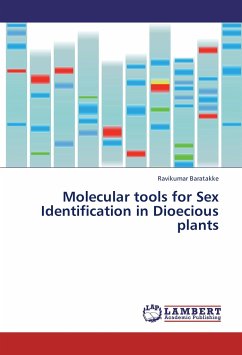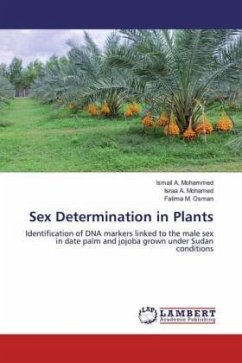Current study compares the juvenile growth and gonadal development of normal XY male, female, and sex-reversed XX male chinook salmon. Ten monosex families and 10 normal families (from two farm sources) were used for comparison. There were no significant differences in parr weight, specific growth rate, and pre-smolt weight between MT-treated fish and non-treated fish, nor between males and females, but there were significant differences in the growth rate and fork length between the stocks from the two farm sources. Forty three percent of monosex family fish were intersex at parr stage and reduced to 19% at pre-smolt stage. This result revealed that the particular MT treatment protocol adopted by the fish farms may have caused transitional intersexuality in the treated fish.








